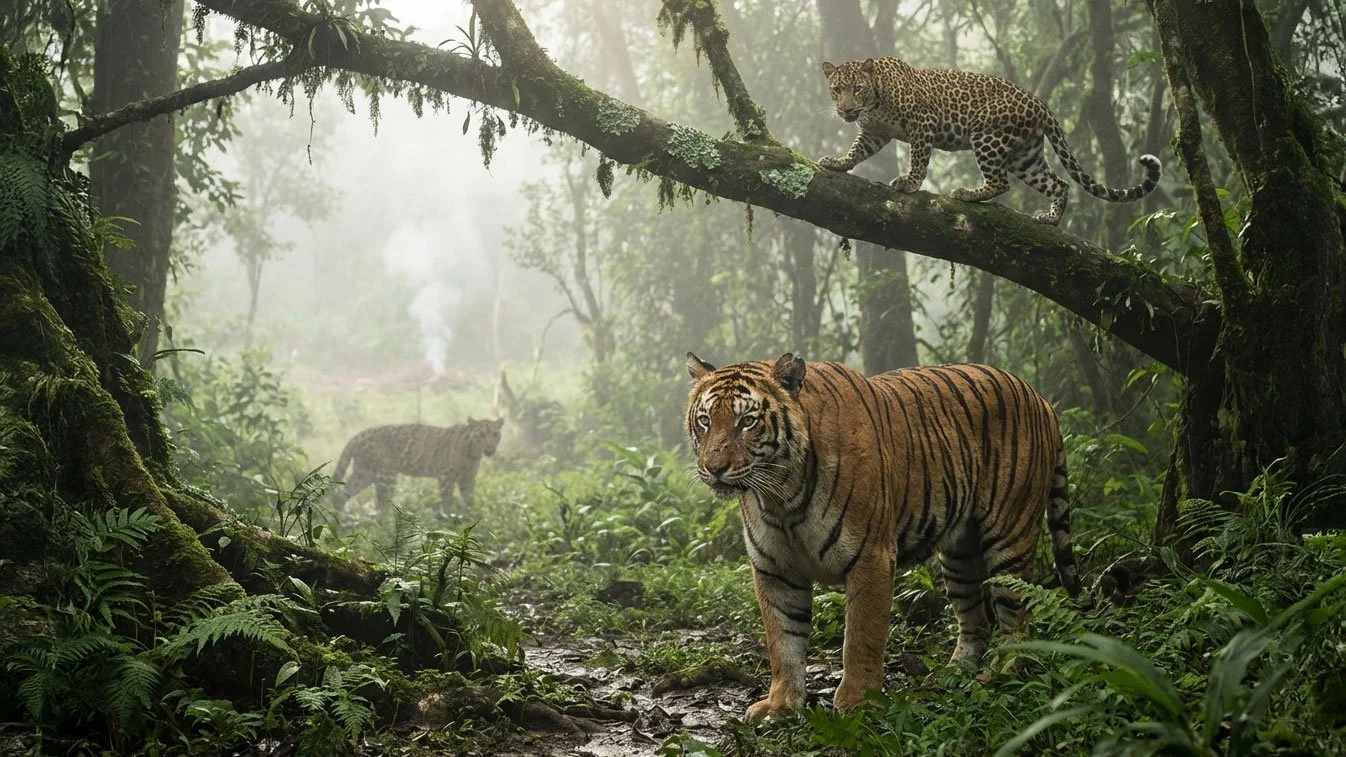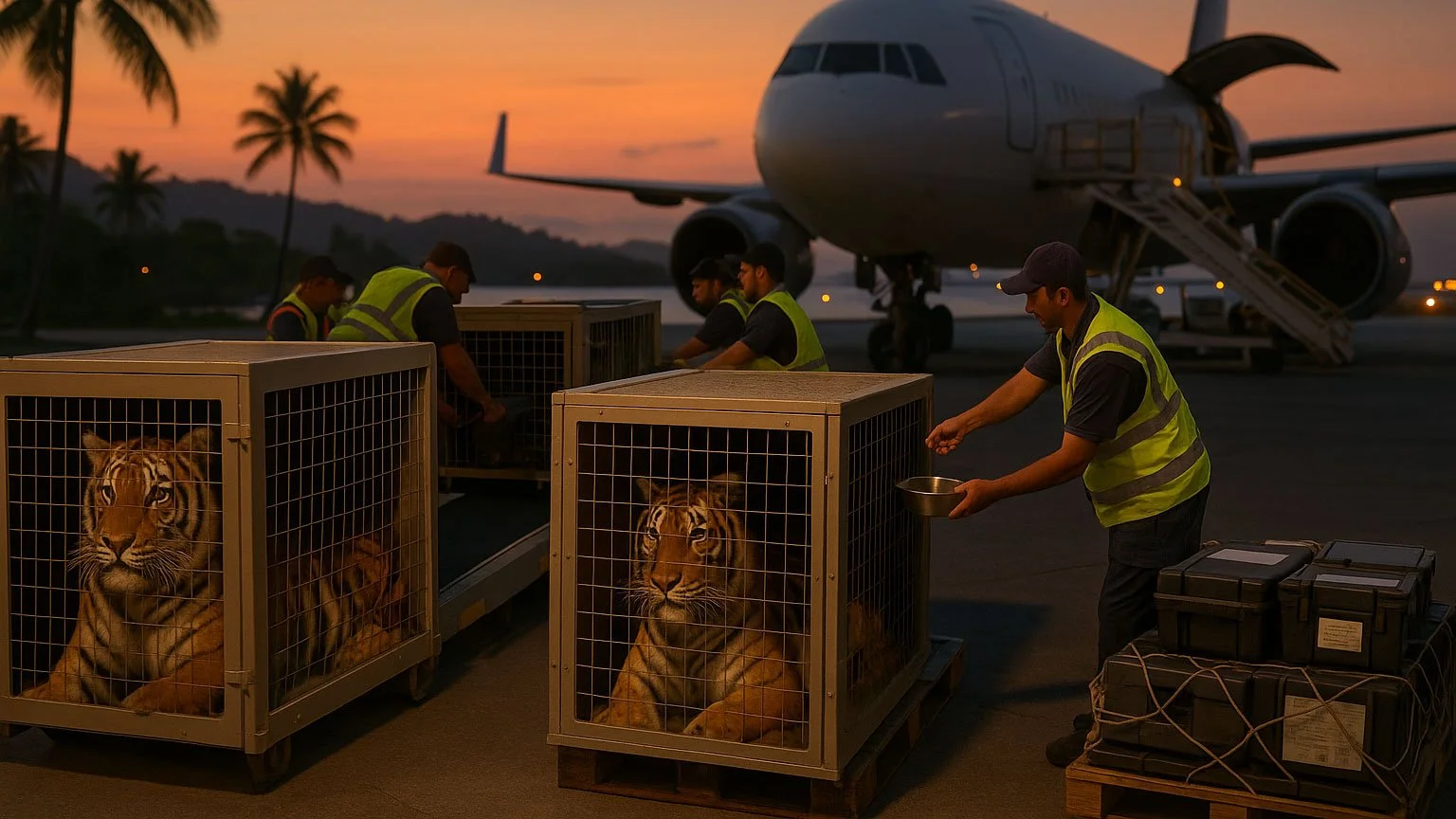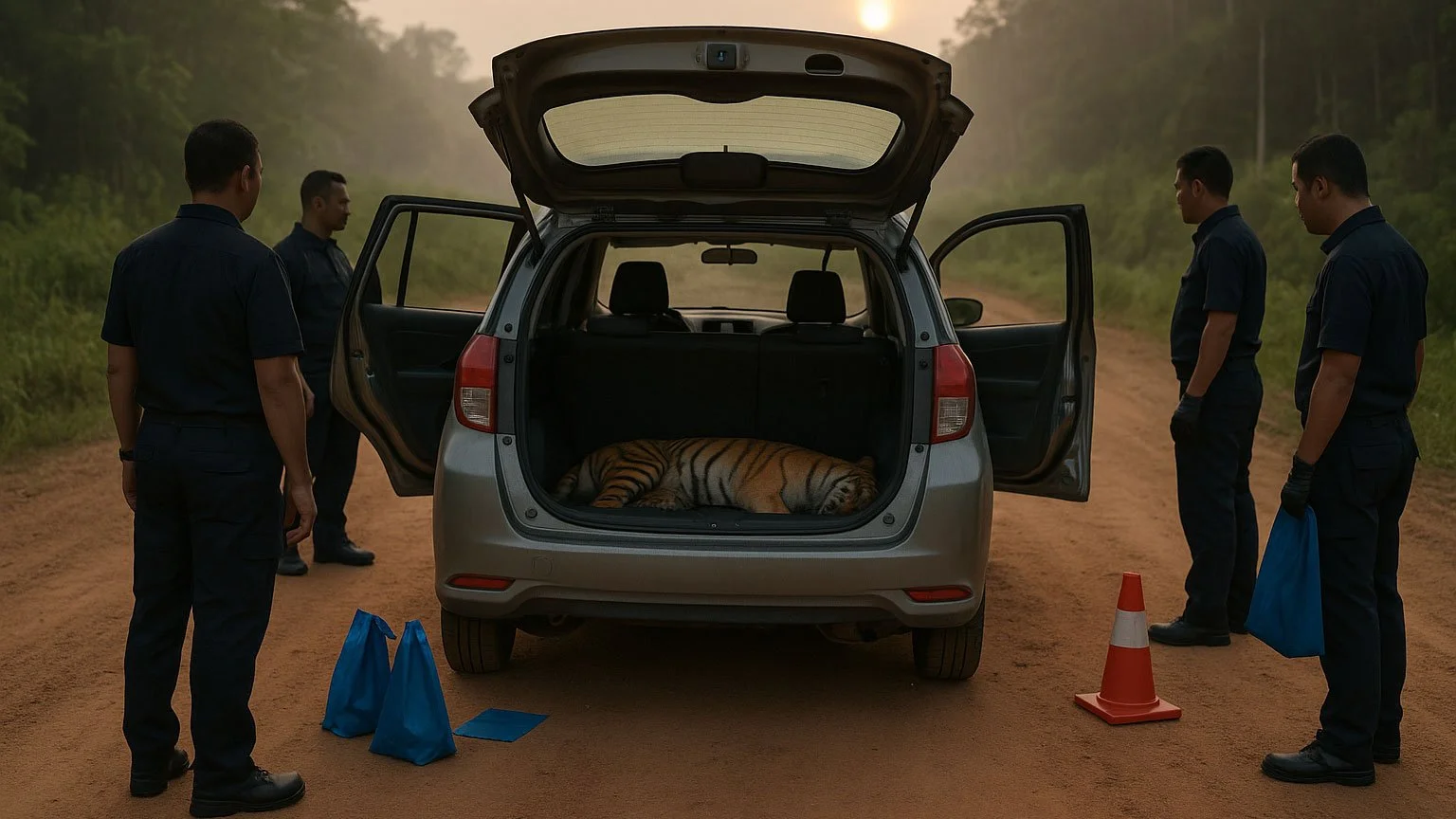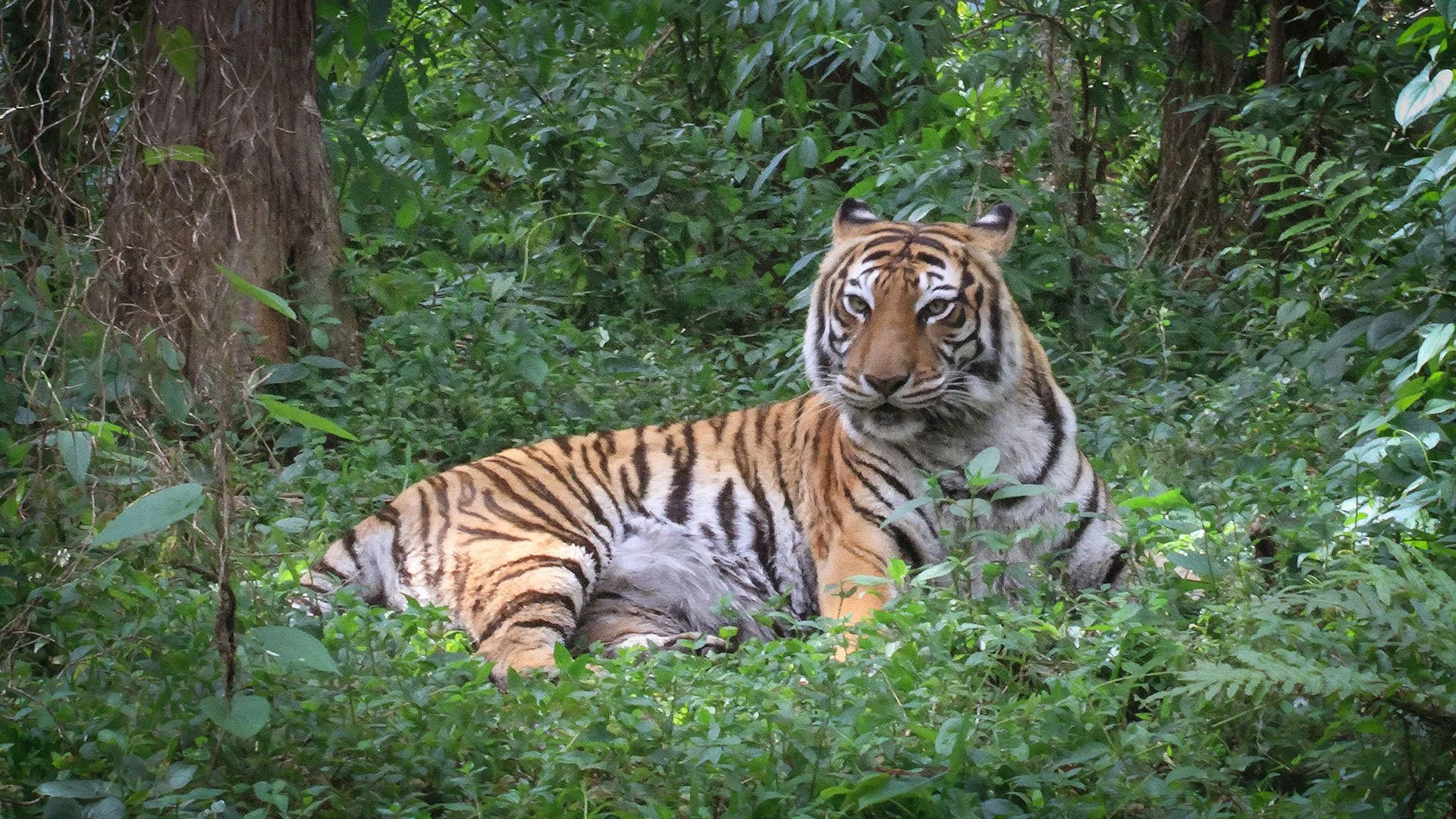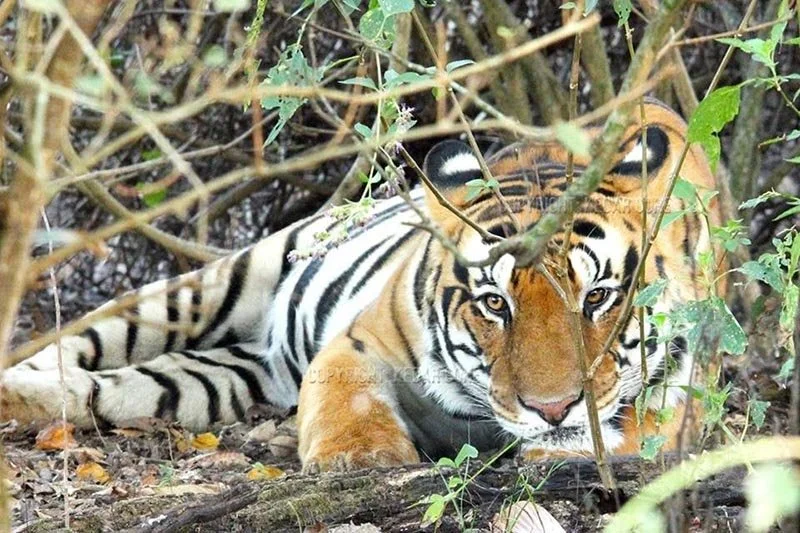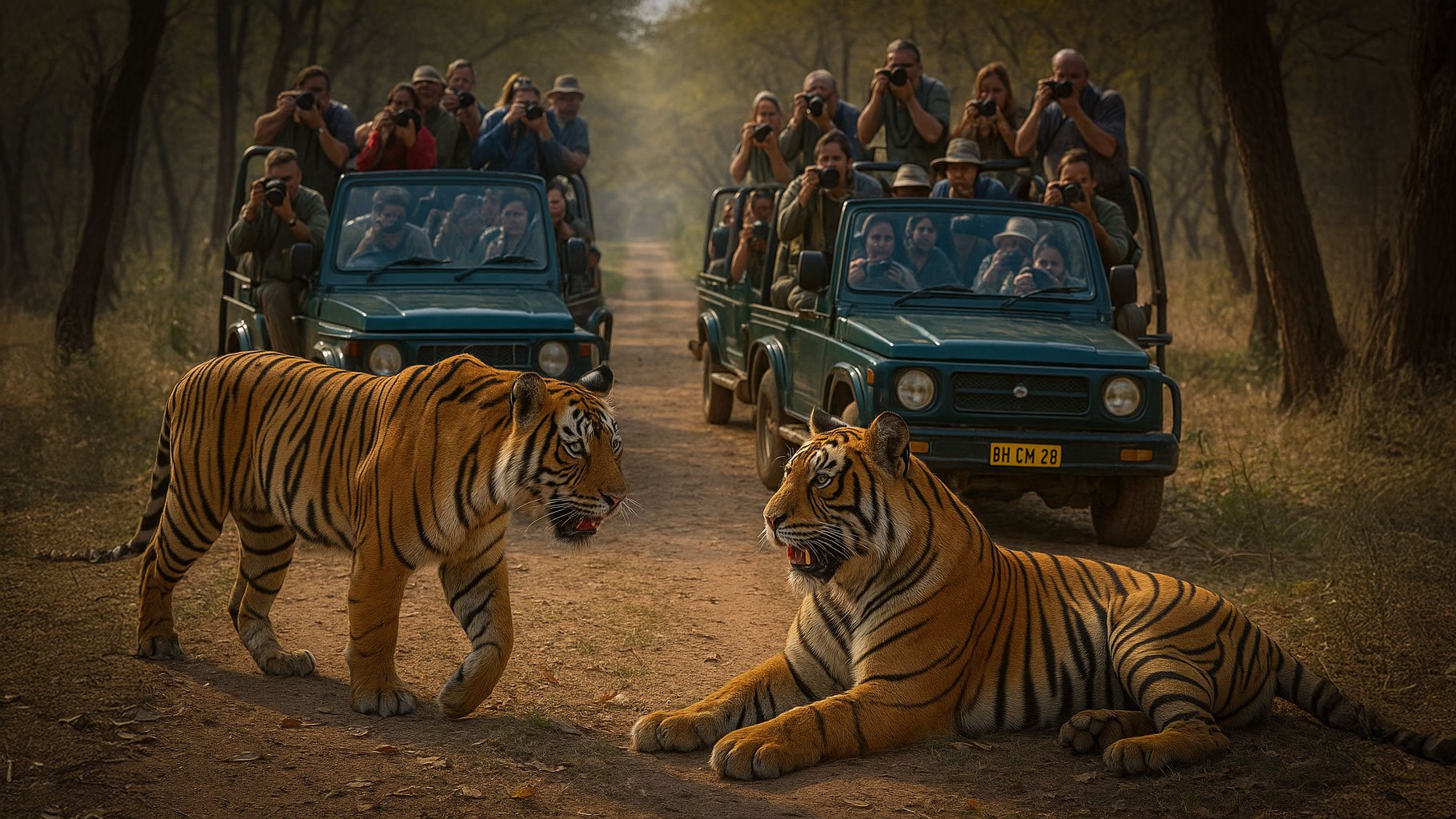Tigers in the Shadows: Vietnam’s Battle Against Trafficking Networks
In the heart of Vietnam, a silent war is being waged. It’s not fought on traditional battlefields, but in courtrooms, backrooms, and the shadowy edges of legal jurisdictions. The enemy? An insidious network of tiger traffickers—part of a global system that reduces Earth’s most majestic predators to bones, skins, trophies, and profit. Between 2018 and 2024, Vietnam recorded 128 tiger-related seizures, involving at least 160 individual tigers. Behind every number is a life lost, a story untold, and a pressing call to action.
The Numbers Behind the Crisis
The data from ENV’s Wildlife Crime Incident Tracking Database paints a grim picture. Of the 160 tigers involved:
66 were found dead—lives cut short to supply demand for black market products.
35 were seized alive, destined for a life of exploitation or death for parts.
23 skeletons and 18 trophies were also confiscated, grim symbols of a brutal trade.
These seizures weren’t isolated incidents. They reflect a consistent and growing threat. From 2018 to 2021, Vietnam saw between 13 and 18 seizures annually. But in the past three years, that number surged to 24–27 seizures per year, indicating not only ongoing poaching but also escalating trafficking activity.
Disturbingly, only 11 tigers were voluntarily surrendered, and this action led to the closure of just two of 19 licensed tiger facilities in the country. The rest remain under scrutiny, or worse, under the radar.
Justice: A Double-Edged Sword
Vietnam’s justice system has made progress. Of the 128 tiger seizures, 119 were handled as criminal cases, and 93% of those led to arrests. Encouragingly, 88% were prosecuted, and 55% resulted in prison time for at least one perpetrator.
But here's the catch: the average prison sentence for tiger crimes is just 2.77 years, noticeably below the national average of 3.55 years for wildlife trafficking. The high point came in 2021, when the average sentence peaked at 4.7 years—but has since declined.
Even more troubling is that 44% of convicted offenders walked away with suspended sentences. A message like that reverberates not as a deterrent but a dangerous signal: the life of a tiger may be worth less than the penalty for trafficking it.
The Hidden Players
There’s a darker truth behind these stats. The ENV report highlights a cluster of 8–10 major traffickers operating with relative impunity from Nghe An province, a known hotspot responsible for an estimated 60% of Vietnam’s tiger trade.
These aren’t petty criminals. They are organized, well-connected, and shielded by layers of anonymity and local influence. Despite increasing seizures and arrests, the masterminds remain untouched—puppet masters behind a gruesome trade.
ENV considers dismantling these networks a national priority. Until these high-level traffickers are brought to justice, tiger crime in Vietnam will remain a hydra—cut off one head, and another takes its place.
Why It Matters
Tigers are not just symbols of strength and beauty. They are keystone species. Their survival ensures the balance of entire ecosystems. When a tiger disappears from the wild, it’s not just a personal tragedy for conservationists—it’s an ecological domino effect.
Vietnam’s tigers are caught in a dangerous tug-of-war between tradition, crime, and conservation. But there is hope.
Be the Roar That Echoes Change
Supporting organizations like Big Cat Rescue means joining the fight on the side of the voiceless. It means pushing for stronger laws, real enforcement, and accountability for the kingpins who profit off cruelty.
You can help:
Share this story.
Support ethical tourism and avoid facilities exploiting captive tigers.
Donate to organizations funding in-situ conservation and law enforcement support.
Each action is a step toward a world where tigers live not in cages or black markets, but wild and free—where they belong.
Read more: https://env4wildlife.org/wp-content/uploads/2025/04/ENV-tiger-crime-brief-seizures-and-prosecutions-2018-2024.pdf


